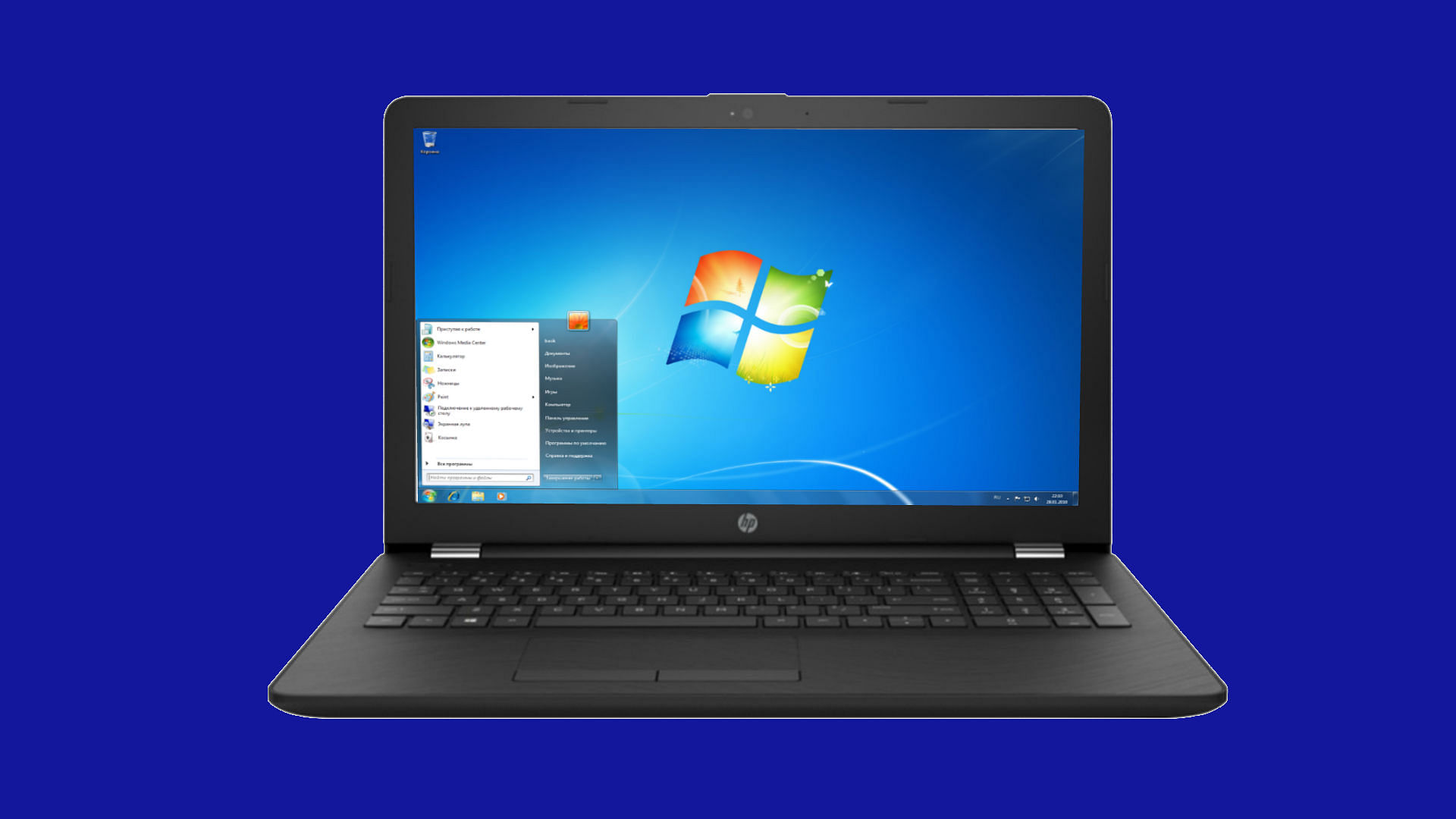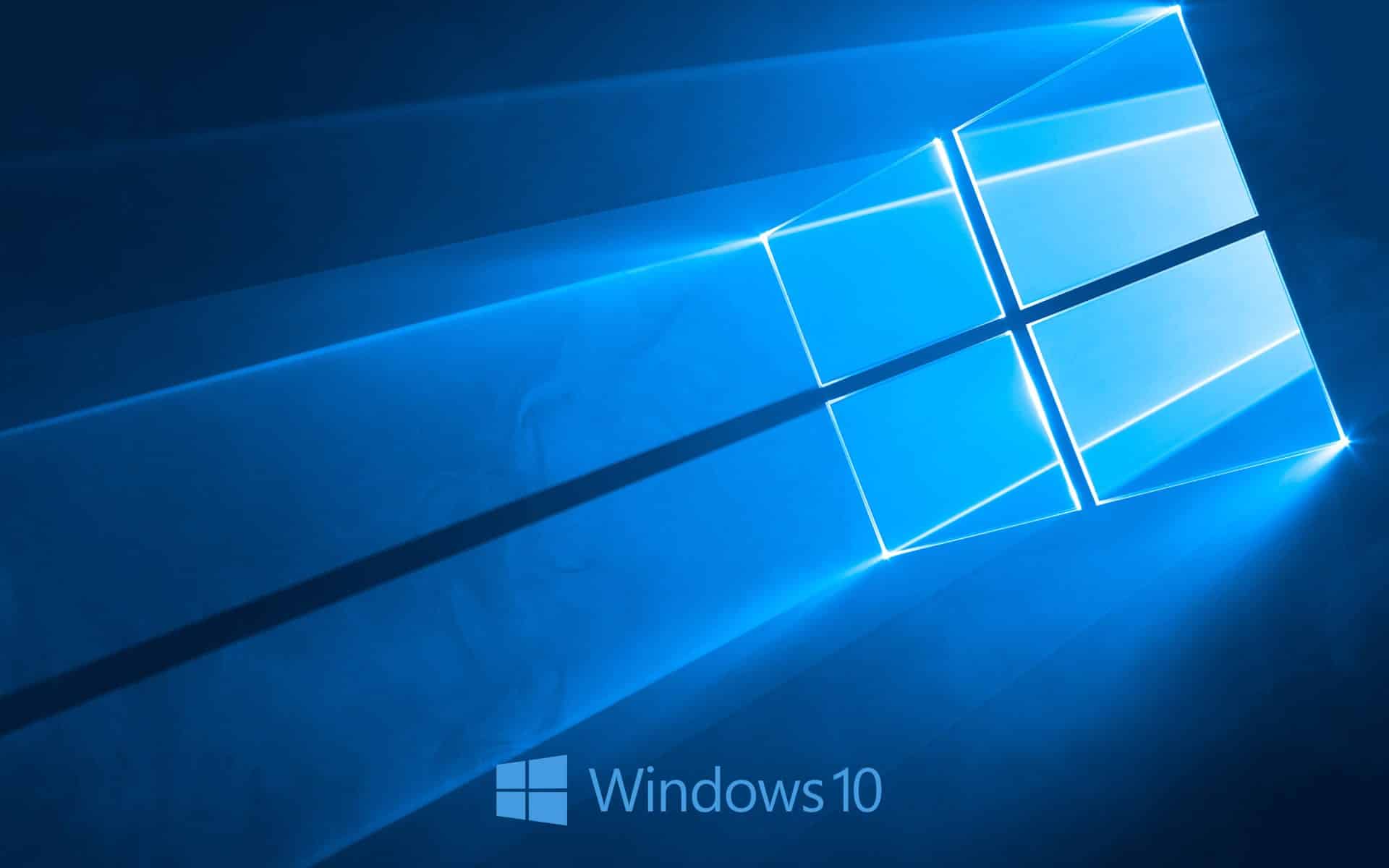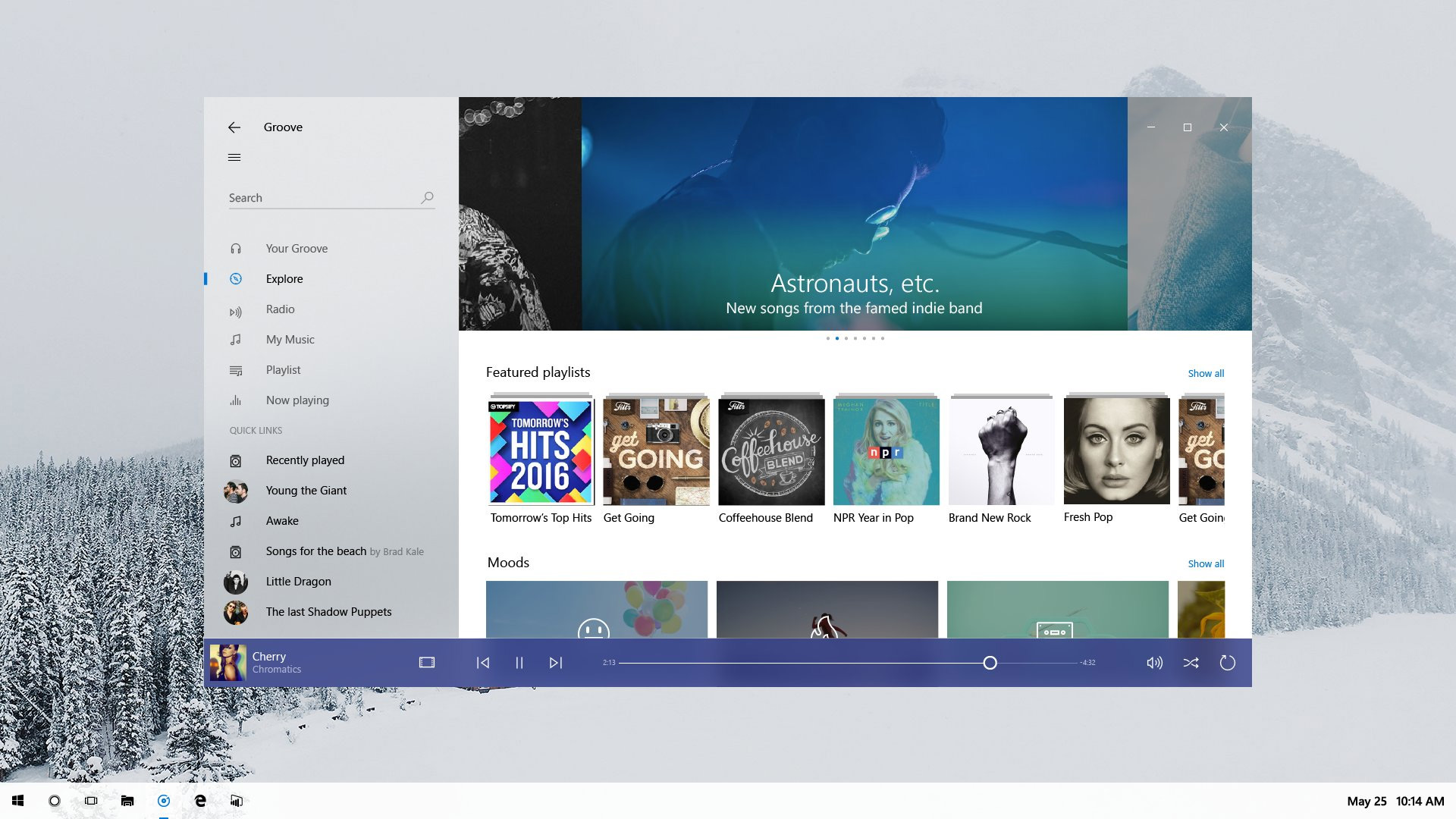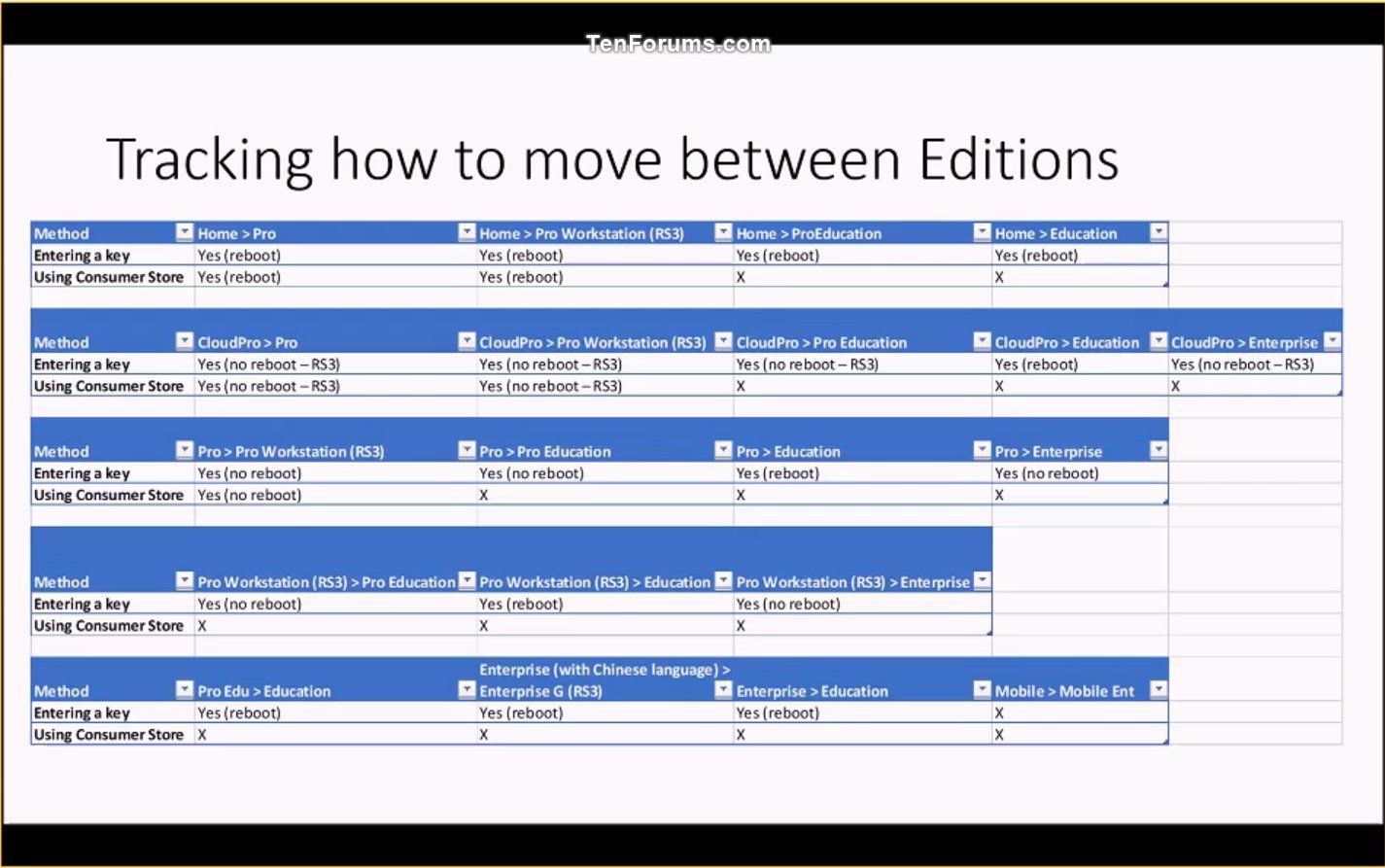According to Windows, the users can only upgrade from Windows 10 Home to Windows 10 Pro and activate their device using a valid product key or a digital license for Windows 10 Pro. After getting the Microsoft 10 pro upgrade key, the users will need to select the Start button and open up Settings. Then they need to open the Update & Security window and search for Activation there. They can type out their key here and the process will start immediately.
Apart from this here is also a video taken from Youtube that can help out the users with the same. If your existing Windows 10 PC is running Windows 10 20H1 or later and meets the minimum hardware specificationsit will be able to upgrade to Windows 11. The upgrade rollout plan is still being finalized, but for most devices already in use today, we expect it to be ready sometime in early 2022.
Not all Windows 10 PCs that are eligible to upgrade will be offered to upgrade at the same time. To see if your PC is eligible to upgrade, refer to our knowledge base for a list of tested systems. Once the upgrade rollout has started, you can check if it is ready for your device by going to Settings/Windows Updates. More information on how that is presented will be available at a later date.
Additional desktop notification options may be also be added at a later date. Many would argue that downloading Windows without paying for or already owning a product key is ethically wrong. That said, Microsoft has made this process easier over various Windows iterations and lessened the limitations and nagging that happens when you don't activate. The company isn't trying to close this loophole, probably because it's more interested in driving user numbers. I've even seen well-known vendors and Microsoft partners do press presentations with watermarks on their desktop.
If you don't happen to have a product key from Windows 7, 8, or 8.1, you can always purchase Windows 10 directly from Microsoft. The basic version of Windows 10 costs $139, Windows 10 Pro starts at $199.99, and Windows 10 Pro for Workstations costs $309. Most PC users will only need Windows 10 Basic or Pro for their devices. I have tested this scenario multiple times on hardware that originally shipped with Windows Home and was upgraded to Windows 10 Pro. When prompted, be sure to choose Windows 10 Pro as the edition to install. If you already have a Windows Home and plan to upgrade to Pro, the Windows 10 Pro upgrade price is usually $100.
However, it is best to look for offers when you plan to get the Pro version. Microsoft allows you to change the product key, and when you activate Windows using that, it will unlock all Pro features. First, download and install Windows 10 from the Microsoft website. Once installed, you can go to the activation section, and then decide to buy a product key. The cost is usually $199 for Windows 10 Pro and $139 for Windows 10 Home.
Or you can convert your Windows from Home version to Pro version by some command lines which is absolutely free of cost. Numerous users concerned if they got a virus because of Microsoft’s intrusive behavior. Continuous pushing of ads for Edge chromium and Office 365 anywhere they can within the OS level. I have seen user file associations for legit software get reset to Microsoft’s own software.
Reinstalling OneDrive and other unwanted crap from the store. Adjusting privacy settings to where it benefits Microsoft only. Moving around registry keys so it’s harder to disable all the meddling features no one wants. AfterWindows 10 is completely installed, you'll be presented with the new desktop and all the new features.
At this time, it's a good idea to go to Windows Update using the Settings app to check for updates. Also, go to Device Manager to confirm if the computer hardware is working correctly, and you don't need to reinstall any driver. Windows 11 is nw officially available, and just like previous versions of Windows, it will come in a few different editions. The Windows 11 editions are similar t those of Windows 10, and different editions contain certain different features, which make the operating system more tailored for different users. For the general public, there are two main editions you'll find — Windows 11 Home and Windows 11 Pro. As the name suggests, Windows 11 Pro is the more feature-rich edition, but most laptops come with the Home edition.
Even Microsoft's own Surface devices come with Windows 10 Home, with the exception of the Surface Pro 7+. In this guide, we'll show you how to upgrade from Windows 11 Home to Pro, and why you might want to. Microsoft's new Windows 10 S operating system is designed to just run Windows Store apps, but that's probably going to be a problem for most Windows users. If you've just purchased a Surface Laptop, or you're considering a range of Windows 10 S computers, then it's simple to upgrade to the full Windows 10 Pro version. The upgrade will be free until the end of the year for any Windows 10 S computer priced at $799 or above, and for schools and accessibility users.
If you don't fit into that criteria then it's a $49 upgrade fee, processed through the Windows Store. Here's how to upgrade from Windows 10 S to Windows 10 Pro. Getting hold of the Windows installer is as easy as visiting support.microsoft.com.
Whether you've paid for Windows 10 already or not, anyone is allowed to download a Windows 10 ISO file and burn it to a DVD or create installation media on a USB drive for free. Once that's done, you can boot from your installation media and load Windows 10 onto your PC. During installation, Microsoft asks for an activation key.
You can skip it, but eventually, Windows will start alerting you that your install isn't activated. Beyond all the power-user features, if you're considering updating to Windows 11 Pro, you'll need to have Windows 10 Pro installed first. Microsoft is only offering free upgrades to the equivalent version of Windows 11. Upgrading from Windows 10 Home to Pro will usually cost you $99, although it's currently available for $69.99 via the PCWorld Store.
This method uses an OEM code, one of the easiest ways to update your PC or laptop. After you've successfully performed a Home-to-Pro upgrade, you can file that product key away. Your upgrade is now a digital license, attached to your unique hardware. If you perform a reinstallation of Windows, Microsoft's activation servers will recognize the hardware and activate Windows 10 automatically. Alternatively, users who want to migrate their files, apps, and settings can purchase a copy of Windows 7, upgrade their current installation, and only then upgrade to Windows 10. However, a clean install will save you time and money and help you to start with a fresh installation.
But we've also heard from readers who have had trouble using these keys with Windows 11 or later Windows 10 releases, so your luck may vary. Microsoft offers several ways to download Windows 11 manually. One is to use the Installation Assistant app, which you install on your PC to trigger a normal upgrade install via Windows Update. The second is to use the Windows 11 Media Creation Tool, which automates the process of creating a bootable USB install drive or downloading an install ISO file.
Once you have a USB drive, you can either boot from it to perform a clean install or run the Setup app from within Windows 10 to do a normal upgrade install. You can also burn the ISO to a DVD, but installing from any USB drive, even an old USB 2.0 drive, will be much faster, so you shouldn't do that. Finally, you can just download an ISO file directly from Microsoft's site. Some devices come pre-installed with Windows 10 S, which is locked to the Windows Store for apps and games. Luckily, Microsoft offers Windows 10 S devices an upgrade path to Windows 10 Pro, unlocking the ability to install programs from the web. Here's how you can upgrade your own Windows 10 S device to Windows 10 Pro.
Reboot your computer and connect it to the internet. Open Settings and choose "Update & Security" and click "Activation." From here, you can see if the Windows 10 upgrade worked. If not, press an "Activate" button ; this will create a digital Windows 10 product key.
Microsoft is giving the bulk of its Windows usersa free upgrade to Windows 10 so long as they update within the first year. But for people who aren't eligible for that promotion, the company is maintaining status quo on single license pricing. If you've got an outdated version of Windows or build your own PCs, Microsoft's latest release will cost $119. These features aren't really necessary for most people. Even features like Hyper-V virtualization and remote desktop can be replaced with third-party virtualization and remote-desktop-access tools.
If you don't need business features like the ability to join a domain, the most compelling feature restricted to Professional editions of Windows 10 remains BitLocker drive encryption. Note that you can't upgrade Windows 10 Home to Windows 10 Enterprise — that will require a complete reinstallation with an Enterprise product key. There's also no Ultimate edition of Windows 10 with the Enterprise features available for Home users as there was with Windows 7 and Vista. A number of users from all over the globe have been searching about the process to upgrade Windows 10 home to pro.
Because of a huge search trend around it, Microsoft themselves have posted some steps on their official blog that can help out these users. These steps require the users to get or buy a Windows 10 pro upgrade key to shifting to the pro version of the OS. Nearby Sharing is a nifty capability that flies under most PC users' radar. This is very similar to Apple's AirDrop, which lets you send a photo or document directly using Bluetooth or Wi-Fi—no internet connection required.
It's useful if you need to quickly get a file from, say, a laptop to a nearby desktop, but the capability is not yet supported on mobile. If you're in a modern store app such as Edge or Photos, the share panel shows nearby computers capable of recieving sent items. Just right-click the Windows button to choose Device Manager, right-click a device and choose Update driver. Alternatively, you can get a professional driver update software from the Internet, scan the system and download and install the latest drivers. After finishing the installation, you should follow the instructions on the screen to complete your settings. After that, you can enjoy the new features of Windows 10 on your old machine.
Also, don't forget to restore your files from backup to the new Windows system and reinstall any program you used on Windows Vista. If you're installing Windows 11 on a new PC you've just built yourself, officially, you should buy a Windows 10 or Windows 11 license. Its product key should work to install and activate Windows 11.
Before installing, review your software choices and any files or programs you want to keep. Choose between transferring personal data and apps, personal files only, or nothing during the upgrade. But is Windows 10 Education any different from Windows 10 Home? Windows 10 Education is the same as Windows 10 Enterprise, which Microsoft calls the most robust version of Windows 10.
The OS has features targeting security, device control and management and deployment that Windows 10 Home lacks. Unlike Windows 10 Home, Windows 10 Education has client and host remote desktop and remote app i, Hyper-V (Microsoft's hypervisor) and extra apps, like AppLocker and BitLocker. Although, it's likely you won't ever use any of those bonus features. If you already have a Windows 7, 8 or 8.1 a software/product key, you can upgrade to Windows 10 for free. You activate it by using the key from one of those older OSes. But note that you can only use a key on a single PC at a time, so if you use that key for a new PC build, any other PC running that key is out of luck.
In total, there are 12 additional features that you'll be able to access after upgrading to Windows 10 Pro. These include BitLocker encryption software, Remote Desktop Connection and a virtualization tool known as Hyper-V. You'll also get business-specific updates and device management controls. Read our article on five reasons to upgrade to Windows 10 Pro. Best of all, you only need to use the older product key one time.
Unlike Windows 10 Pro and Home which is a per device license, Windows 10 Enterprise is sold on per user basis. While Microsoft asks you to get quotes, to what we have read, it costs $7 or $15 per user, and they can access allowed five devices. The difference between E3 and E5 is that the later includes Windows Security System with ATP.
So if you are using third-party security system, you can pay $84 per year or you can for E5 which costs $168 per year. Go here to find a Microsoft Partner to get pricing and purchasing details. For those qualified for the free upgrade, Microsoft will only provide the rightful version of the software for the system installed on the user's devices. That means if you have Windows 7 Home, you would receive a Windows 10 Home upgrade, while if you're a Windows 8.1 Pro user, you'd get Windows 10 Pro. Microsoft has released instructions for Windows 7 and Windows 8 users to reserve an upgrade from a notification icon in their task bar.
I'm wondering whether Microsoft is again violating the antitrust laws with its OneDrive assault on Google Drive. I recently bought a low-end Dell laptop which came loaded with Windows 10. I had no interest in using it and eventually noticed that it was mirroring all of my files in the cloud and attempting regular synching and backups. Then I started receiving messages that my OneDrive storage limit had been reached and I would have to buy additional storage space. I don't know whether that is true or not but I'm certainly unwilling to risk it.
By this time next year, I hope to be using Linux as my primary desktop OS, most likely Mint. Windows 11 features a new version of the Microsoft Store, with a new interface and a broader selection of apps. This new store is meant to have an easier to use and better-curated digital storefront. It should also be faster, "We rebuilt for speed", said Panos Panay during the Windows 11 announcement. So far our experience of it is much the same as the rest of Windows 11... But it's also still mostly filled with apps you'd likely download direct from your browser, or wouldn't want to touch at all.
There is no direct upgrade path for Windows Vista to Windows 10. As such, you'll be doing a clean installation of the operating system, which will wipe your computer clean, deleting your files, apps, and settings to start from scratch again. Once you buy and apply the upgrade, your PC has to restart to enable the new features. If you already have a product key for Windows 11 Pro, you can click Change next to Change product key. To ensure you do not lose anything, remember to do a complete backup of your system before the installation, and restore your programs and files on Windows 10, after the upgrade is done. Microsoft allows anyone to download Windows 10 for free and install it without a product key.




























No comments:
Post a Comment
Note: Only a member of this blog may post a comment.